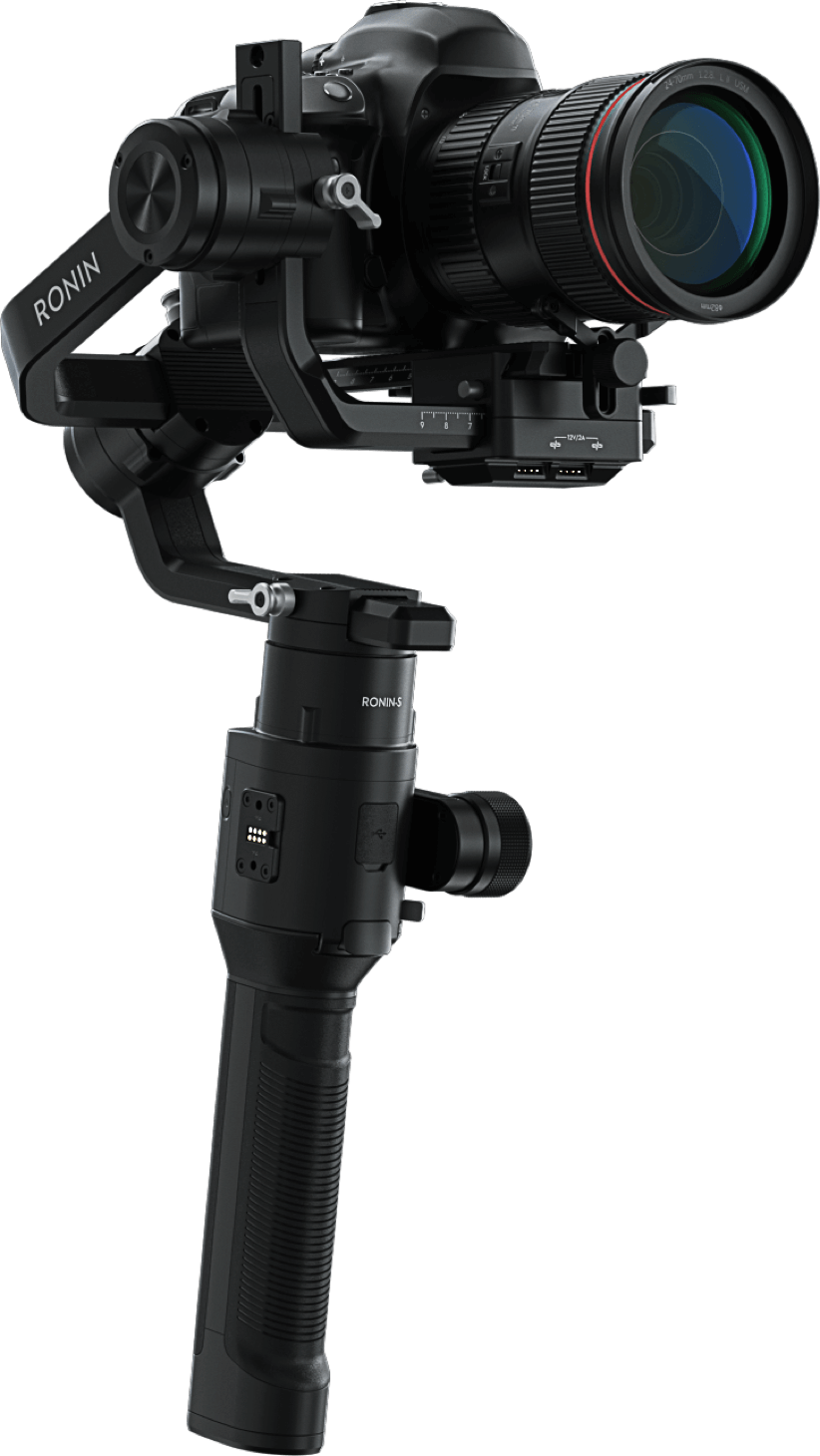DJI News: DJI Aeroscope.
- Melanie

- Jun 4, 2018
- 2 min read
Updated: Jun 5, 2018
At the end of 2017, DJI announced AeroScope, a tool to detect, identify and track drones flying overhead whilst in flight. The tool is designed for use in locations where safety, privacy and security must be adhered to such as airports or large events.

A DJI AeroScope unit is used to detect drones flying in a specific area. Once a drone is located, AeroScope can be used to track the real-time and historical telemetry data of the aircraft whilst powered on and flying in the range of the AeroScope unit.
AeroScope tracks drones through the signal between the aircraft and its remote controller.
If a drone is located in an area, several pieces of information will be given. Information includes the drone location, altitude, speed, direction, takeoff location, operator location, model, serial number and the email address used for drone registration. The email address can be used to contact the pilot whenever follow-up is required. The use of the existing signal between the drone and remote controller means existing kit requires no changes to be tracked.

AeroScope is easily transportable in its hard case allowing users to deploy the kit wherever it’s required. This includes on the move in a car or truck. Fixed units can also be purchased if required for set locations such as an airport or prison.
AeroScope has a variable range dependent on the requirements of the location it’s being used in. The range is based on the antennas attached to the unit. To increase the range, additional antennas can be added. A maximum range of 25 miles is currently available with AeroScope.
Currently, DJI AeroScope is only compatible with the current DJI drones, meaning drones manufactured by other companies cannot currently be tracked using the software. DJI drones are estimated to make up two-thirds of civilian drones globally. There’s no mention of integration with other drone manufacturers, however, DJI have announced tracking drones manufactured by other companies is possible with an easy fix. It is likely this relates to the signal used to communicate between the remote controller and drone along with access for DJI regarding basic pilot information.

The release of DJI AeroScope continues DJI’s efforts to staying ahead of the drone industry and maintaining their position as the global leader in commercial drones. Using already existing components in their drones helps keep the costs of the customers and shows their primary motive is safety and collaboration with regulators.
As AeroScope is also compatible with other drone manufacturers products, it’s likely to be a popular piece of equipment moving forward.
As we mentioned above, as long as you’re a responsible pilot who doesn’t fly in prohibited and dangerous locations, there’s very little to worry about as AeroScope is unlikely to have any effect on you.
Source: heliguy blog





Comments